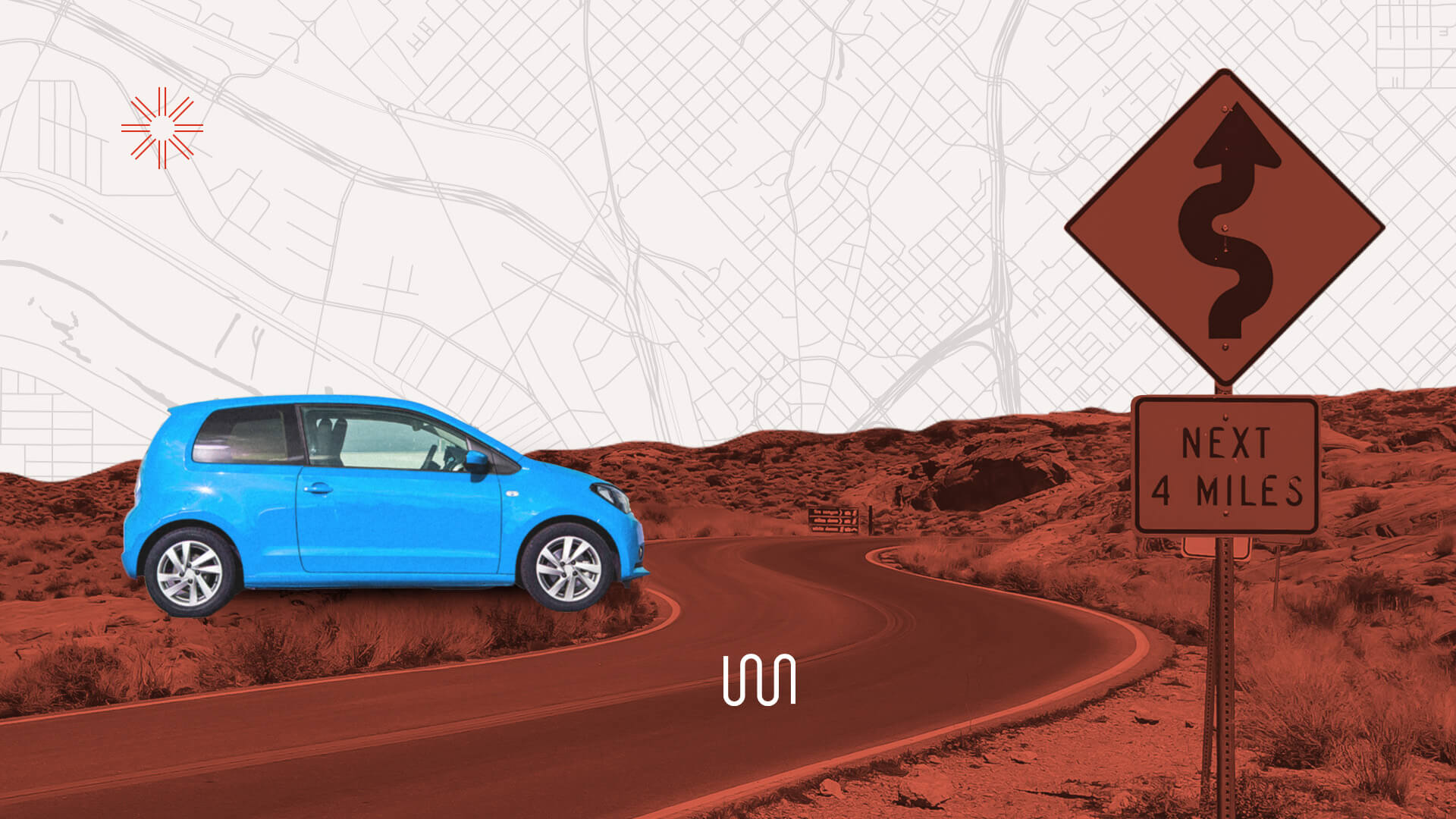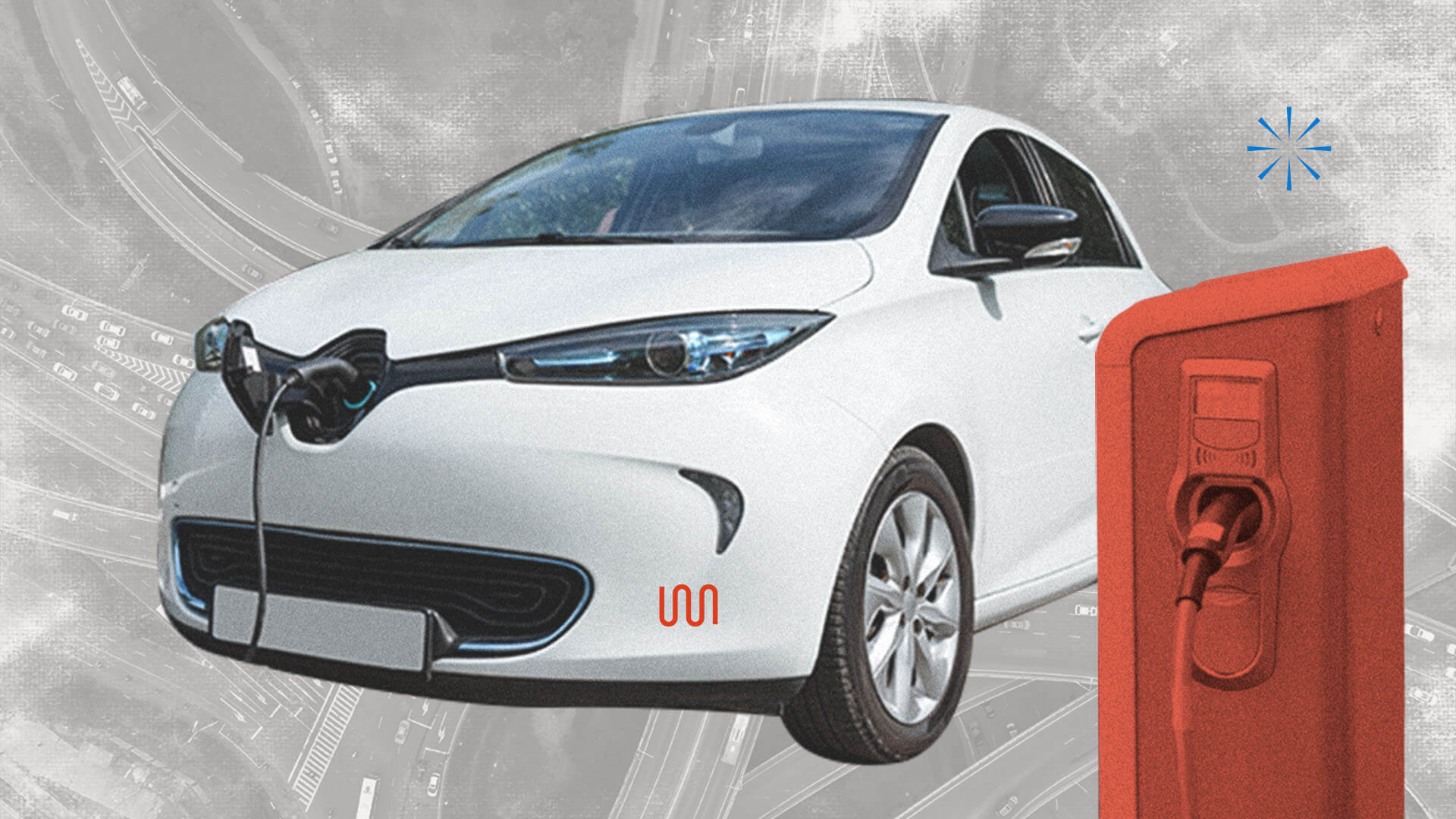
Most car buying experiences start with either necessity or curiosity — consumers need to replace the car they’ve been driving for way too long, or they’ve done the number-crunching and are curious about a vehicle upgrade. In the old car-buying world, their first step would typically be some light research or crowdsourcing suggestions from friends and family.
In today’s auto industry, consumers have more tools than ever to cut precious time, energy, and confusion out of the vehicle purchasing process. From research to test driving to transaction, digitizing the car buying process is a practice every car brand, dealership, and manufacturer should adopt.
Optimizing the research stage for digital car buying
Research is arguably the most important step for consumers embarking on a new car hunt, as it sets the course for the rest of the buying process. Fortunately, the digital tools available to help consumers research are so plentiful, they’re almost overwhelming. Car brands understand that it's vital for consumers to be able to find information about them and create interest. Many brands have adopted a trend of high-quality digital content campaigns that include everything from “making-of” videos to exclusive online magazines, and beyond.
While a small portion of buyers may still be reverting to the old ways of researching: classified ads, perusing the neighborhood for black and red signs, or visiting a dealership, the majority of consumers now at least start their research online. Today, looking up a car's make, model, value-by-mileage, and resale price are all as simple as scrolling and selecting. This is why car brands need to focus on their digital presence and online offerings — from the research stage through the entire buying process.
Utilizing virtual reality and virtual showrooms
When the pandemic shut down in-person test drives, digital innovators won big. Virtual test drives are the latest in consumer interface innovation, and companies are applying the concept in revolutionary ways. From live-streamed test drives from the comfort of your tablet or smartphone to VR headsets that simulate the driving experience, virtual reality is on pace to drastically shift the auto industry.
Virtual showrooms are also quickly becoming a powerful way for dealerships and car brands to give customers the entire car buying experience without the physical interface. From showroom VR headsets that offer deep exploration of various makes and models on display to augmented reality apps that allow consumers to bring the driving experience home, the try-before-you-buy concept is taking on new meanings in 2022 and beyond.
Streamlining the point-of-sale
When it's time to purchase, digitization offers more flexibility. Car buying typically includes a barrage of paperwork and legal agreements. Moving to eSigning and online notarizing makes the process simple, secure, and scalable. When it comes to payment, integrating digital payment services with financial institutions means consumers and dealerships can both complete transactions with the security of encrypted and insurance-backed networks.
The option to complete the car buying process online provides more than just convenience for the consumer — it also saves considerable money for the dealership. Physical test drives involve hefty insurance fees and come with the risk of an accident. Moreover, each test drive adds miles to the vehicle and wear on the tires, and those costs add up. A car drop-off from an online vehicle purchase saves dealerships precious capital in risk aversion and maintenance, and saves the consumer valuable time.



